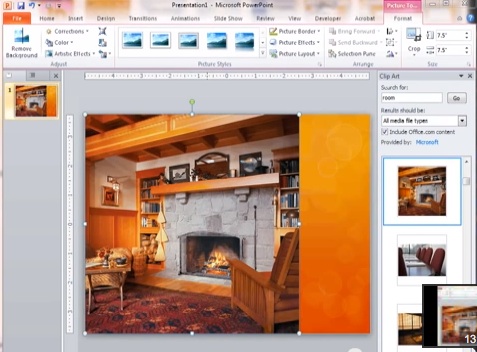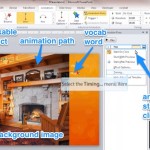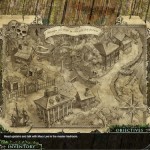Thinglink, augmented reality and gaming
 Alert reader Lucia Hoegeveen asked a question about our suggestion that you create a map of a country and give each state it’s own voice. Now, as she pointed out, each Chatterpix you create can have only one mouth. So in order to make our Chatter-map, we’re going to need to app-smash Chatterpix in one of a couple different ways.
Alert reader Lucia Hoegeveen asked a question about our suggestion that you create a map of a country and give each state it’s own voice. Now, as she pointed out, each Chatterpix you create can have only one mouth. So in order to make our Chatter-map, we’re going to need to app-smash Chatterpix in one of a couple different ways.
Or maybe we’ll just put them all together in a blender and hope for the best. I’ll let you know after I finish this delicious coffee.



 Last time we looked at
Last time we looked at 